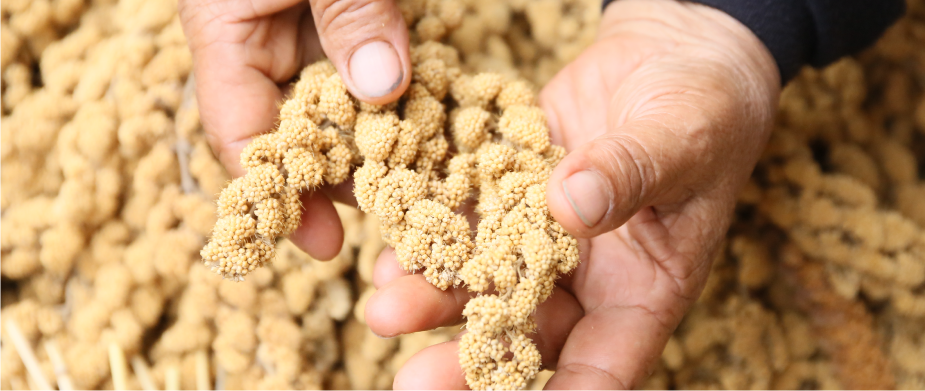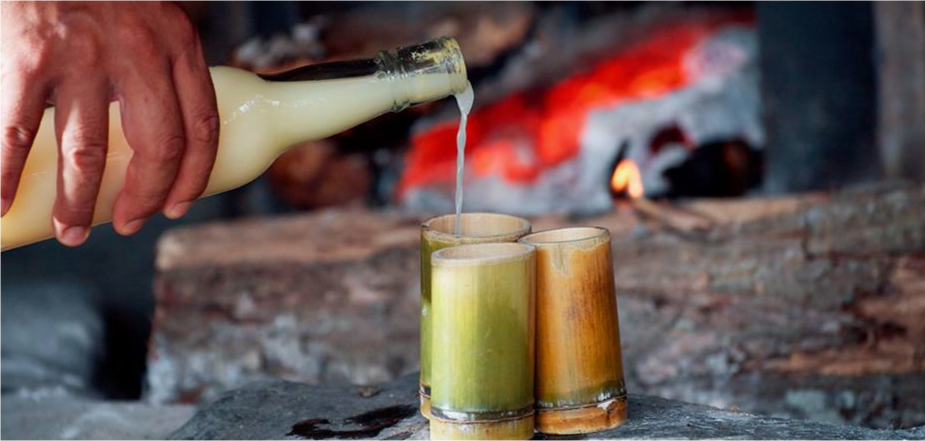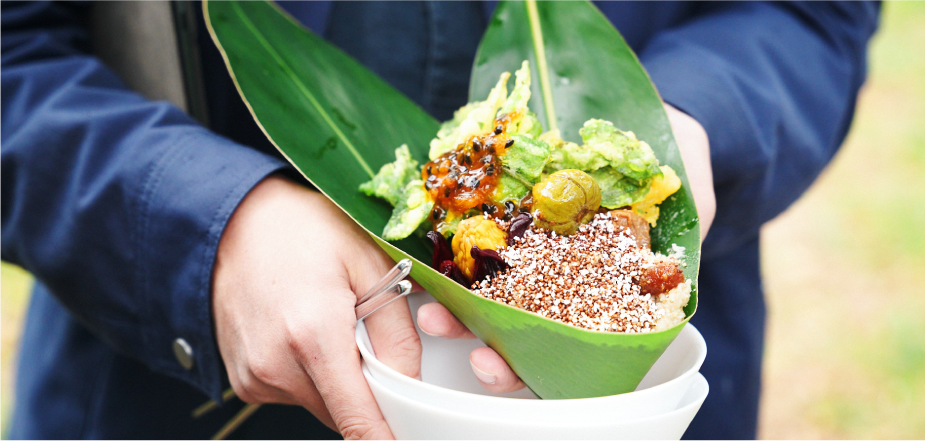 |
SEEDS OF HISTORY:
HOW RICE AND MILLET SHAPED TAITUNG'S IDENTITY A Tale of Two Cereals
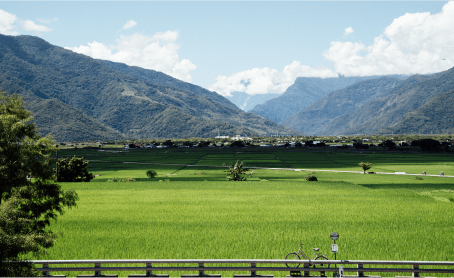 Deeply intertwined with the region's history and culture, rice and millet have nourished the inhabitants of Taitung since prehistoric times. For instance, traces of them found at the Beinan archaeological site date back to over 5000 years. That these two staples have always played a central role in the local diet should come as a surprise to no one, given they offer a plethora of health benefits. Rice, known for its versatility and comforting taste, is a rich source of essential nutrients and energy. Meanwhile, millet, often called a "forgotten grain," is a nutritional powerhouse, brimming with fiber, protein, vitamins, and minerals. However, the trajectory of these two cereals in Taitung has not always been parallel. With successive waves of immigration from rice-focused Chinese communities and colonization by the equally rice-centric Japanese, millet cultivation gradually lost favor in the last century. Given the central role played by millet within Indigenous communities, this near-extinction of millet farming can be seen within the context of a general neglect of Indigenous culture. Yet, in recent decades, a remarkable shift has occurred. Alongside the rediscovery of Taiwan's rich indigenous heritage, millet has been making a remarkable comeback and reclaiming its rightful place in Taitung's culinary landscape. Meanwhile, Taitung's rice continues to be a beloved symbol of Taiwanese cuisine. Its exquisite taste and unrivaled quality have earned it a reputation that extends far beyond the borders of Taitung. White Gold
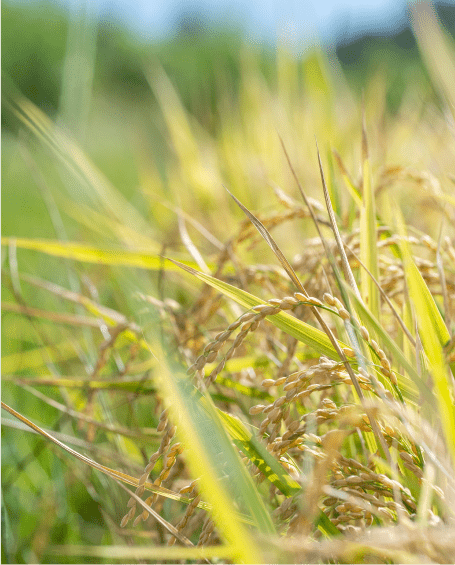 At the mention of the words “Taitung” and “Rice”, the first word that will probably pop up in one’s mind is “Chishang”. Indeed, the rice produced in Chishang, a township located in the breathtaking East Rift Valley, is so popular that its fame even became a curse at one point. The combination of high elevations, large temperature fluctuations, and naturally cool nights gives Chishang rice a longer growing period, allowing more time for photosynthesis and resulting in plumper grains with higher starch content and superior taste. Chishang Township responded to rampant imitation of its renowned rice by establishing Asia's first protected designation of origin in 2005. The certification requires that rice paddies be located within Chishang Township, while rigorous testing ensures the rice meets quality standards for weight, wholeness, and flavor. This transformative certification has revitalized Chishang's rice industry, with over 80% of rice paddies and 50% of farms earning the protected Chishang Rice status. As a premium brand, Chishang Rice commands prices 20-50% higher than average, doubling profits for farmers and effectively eliminating knock-offs, reinforcing its sterling brand image. Another benefit of the designation is the certification fees collected by the township provide funds for local social programs. Chishang styles itself as the "Rice Welfare Township", implementing public assistance programs more generous than other townships. For example, "Chishang Rice Discount Cards" provide residents discounted rice purchases. Chishang also offers Taiwan's highest childbirth subsidies at up to NT$70,000-75,000 per child. Chishang's case exemplifies how effective mediation by local government and coordination among farmers, mills, government, and civic organizations can foster inclusive development in remote rural townships, raising living standards for everyone. A Literally-Named Treat
Taitung’s rice-based products are as diverse as its inhabitants, and include rice wine, glutinous rice balls, all sorts of crackers and mochi. The most famous local rice-based specialty might be thick rice noodles, or bí-thai-bak, as they are called in Taiwanese. Made by mixing aged rice paste and sweet potato starch, the dough is then pressed through a bamboo sieve, forming cylindrical white rice noodles. The Chinese characters that make up bí-thai-bak literally mean “Rice That Is Pressed Through the Holes of a Sieve”. Thick rice noodles can be enjoyed hot or cold, with both sweet and savory variations available. A beloved treat across Taitung, different people enjoy adding their own ingredients to the noodles, such as red onions, dried bonito flakes, or crispy pork skin, resulting in a delightful and aromatic culinary experience. Totem and Taboo
Millet holds deep significance in the indigenous cultures of Taitung, such as the Paiwan, Rukai, Amis, Bunun, and others, with myths and legends depicting its sacred origins and stories of stolen or hidden seeds. Elaborate rituals tied to millet's planting and harvesting cycles were conducted, incorporating traditional calendars and celebrations to please spirits and gods for a plentiful harvest. That it was millet – not rice – ceremonies that were considered sacred, hints at the former’s precedence over the latter among the Indigenous Taiwanese. Certain myths attribute magical properties to millet, such as only needing a single seed or half seed to cook an entire pot of it, depicting a golden era when millet had extraordinary powers. Its deification as a provider of life is also conveyed through personification, endowing the grains with eyes, ears, mouths and even souls. Taboos play a significant role in millet-related rituals. During harvest, prohibitions include avoiding drinking water in the millet field and ensuring millet stalks face east. Workers must not change positions until work is finished or tidy the stalks prematurely. After the day's work, millet quantity is counted with a specific order of participants, including tribal leaders and shamans. Millet's role in Taitung's indigenous cultures reveals an animistic worldview. The strict customs related to it reflect a deep belief in the interdependence of humans and the natural/spirit world, where maintaining harmonious relations with divine forces is crucial for the tribe's well-being. The Fall and Resurgence of Millet in Taitung
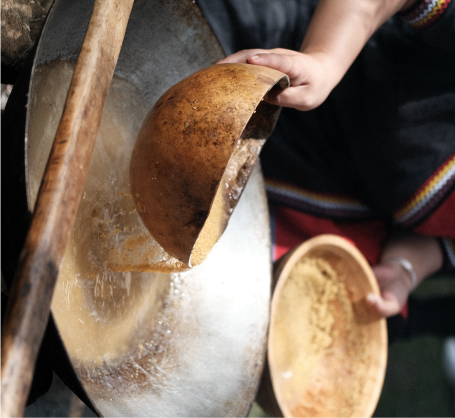 In the 1960s, millet was grown on some 6000 hectares all across Taiwan. But with outmigration of youth to the cities, millet cultivation sharply declined. Over 200 varieties disappeared, eroding indigenous culture. Only by reviving millet farming can native varieties and sustainable traditions be restored. Local millet in Taitung has a distinct flavor, priced 4-5 times higher than imports, but faces challenges meeting demand due to bird damage, aging farmers, and terrain constraints. Since 2015, organizations like Tse-Xin Organic Agriculture Foundation have established an industrial value chain, introducing machinery and contract farming teams. Aboriginal Cereal Legend's marketing increased prices from NT$80 to NT$160 per kilo. These efforts expanded millet fields significantly, with those in Dralengdreng, Jinfeng Township, growing from under 10 to 17 hectares. 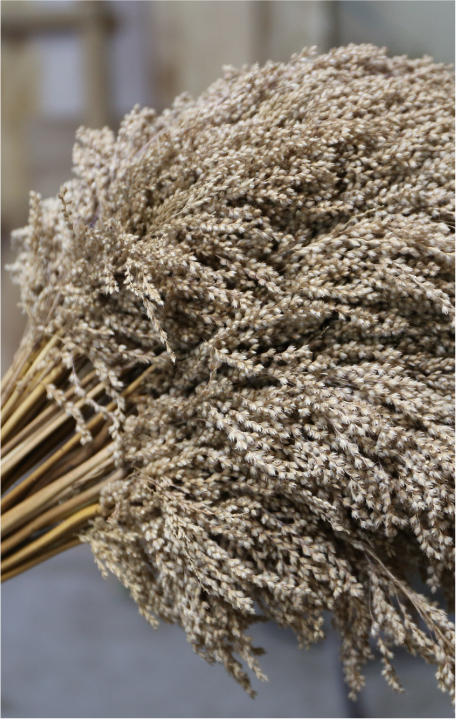 But beyond economics, millet holds deep cultural meaning. In 1996, the Lalauran community had no millet for rituals, realizing the grain's disappearance meant the loss of their culture. They began reviving millet farming in 2005, now cultivating 10 hectares. Seed-saving elders preserve 16 rare varieties, each with distinct uses. Among all millet species thus rediscovered, the most significant for Taitung’s indigenous people is without doubt the so-called Taiwan oil millet. Endemic to Taiwan and almost totally forgotten last century, its reintroduction in Taitung holds great significance. In times of failed rice and other millet harvests, the drought-resistant oil millet ensured food security, preventing scarcity. Reviving oil millet reflects a sense of crisis. While many modern Taitung indigenous individuals have only heard of oil millet as a "legendary crop" through oral traditions, some community members are actively revitalizing its cultivation. They are embracing the ancestral wisdom of field management, aligning with the theme of "conservation and revitalization" for the International Year of Millets in 2023. Libation for the Gods
Today, the most well-known millet-based product is without doubt millet wine, or xiao mi jiu. With its deep-rooted connection to harvest festivals, millet wine symbolizes the bountiful rewards of the land. In the realm of indigenous culture, millet wine carries immense cultural symbolism, and is consumed profusely at all major events of tribal life, from harvest to hunting ceremonies, to house-building parties, marriages and of course when entertaining guests. The sowing, tending, reaping, sun-drying, ear-stripping and unhusking of millet make it a labor-intensive crop, limiting automation and upscaling of production. On the other hand, it is precisely this need for manual labor and collaboration that make tribal villages so tight-knit. The fragrant liquor made from the cereal acts as a social lubricant, helping glue tribal members even closer together. Millet wine production involves soaking and washing millet, steaming it, and combining it with brewer's yeast and water. The mixture ferments for about a month in a sealed container in a cool environment. Remarkably, each indigenous group has developed their own distinctive millet wine drinking traditions. For instance, the Paiwan tribespeople honor the mountain deity by treading the ground before indulging in millet wine, while the Puyuma tribespeople express gratitude for their harvest by taking fresh millet wine to the beach and offering prayers towards Orchid Island. As it cannot easily be mass-produced; millet wine not only is a product of tribal unity, but also dictates the rhythm of community life and is the lifeblood of all ceremonies. To taste it is considered a fortunate and cherished treat, as millet wine embodies the essence of tradition and the values of the Indigenous people. Connecting People across Space and Time
In conclusion, the tale of millet and rice in Taitung is a testament to the enduring bond between people, food, and culture. These two cereals, while seemingly ordinary, have been woven into the fabric of Taitung's history, shaping its identity and gastronomic heritage. The story of Chishang rice demonstrates how an agricultural product, when coupled with effective local governance and community effort, can bring about economic prosperity and social welfare. Conversely, the tale of millet is a poignant reflection on the loss and subsequent revival of indigenous culture, and the importance of agricultural biodiversity. As millet regains its place in Taitung's culinary landscape, it symbolizes the rediscovery of indigenous heritage and the value of traditional knowledge. Both cereals, through their distinctive flavors and cultural significance, continue to enrich Taitung's gastronomic scene. This tale of two cereals is not merely a story about food, but a narrative of resilience, heritage, and the enduring connection between humans and the land they cultivate. |
| © TAITUNG COUNTY GOVERNMENT 2023 |






